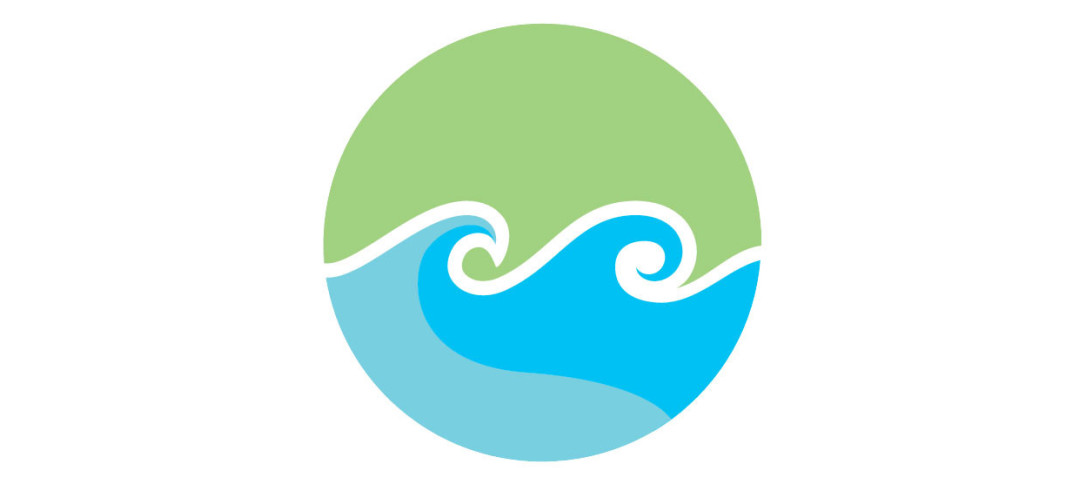
Abstract: Rip currents transport contaminants, nutrients, larvae, and sediment between the surf zone and deeper waters. Transient rip currents can eject particles offshore, even on alongshore-uniform beaches. During directionally spread wave conditions, waves break along finite-length regions, injecting small-scale vertical vortices (horizontal eddies) near crest ends. Energy associated with the injected vorticity may be transferred to larger-scale eddies that can interact and episodically eject offshore as transient rip currents. However, a scarcity of observations has restricted our understanding of the processes connecting the wave field to the formation of transient rip currents. This talk explores and characterizes surf-zone vorticity dynamics that can lead to rip currents with large-scale directional wave basin experiments. We find that increasing the wave field directional spread results in more crest ends that inject vorticity into the water column. Also, the along-crest gradients in wave energy dissipation vary with the wave field properties, altering vorticity injection into the water column, as assessed using remotely sensed elevation maps of the water surface. Lastly, remotely sensed surf-zone currents are consistent with an inverse energy cascade from small- to larger-scale eddies during wave fields with large directional spreads.
Short Bio: Christine M Baker will join the Civil and Environmental Engineering Department at Stanford University as an Assistant Professor in summer 2024. Baker’s research examines processes at the land-ocean interface, a highly dynamic region with fragile ecosystems, progressively vulnerable communities, and coastal hazards further magnified by a changing climate. Her research integrates laboratory experimentation with numerical modeling and remotely sensed field observations to build our fundamental understanding of hydrodynamics in coastal regions. The goals of her research include informing predictions of coastal water quality, shoreline evolution, and other coastal hazards and improving coastal resiliency in changing environments. Her ongoing and planned projects include studying wave transformation in shallow waters, surf-shelf transport driven by eddy and rip current dynamics, wave-driven sediment transport, and coupled hydro- and morphodynamics in the context of extreme events.
Baker completed a bachelors degrees in Civil Engineering from Oregon State University and a Masters and PhD in Civil & Environmental Engineering from the University of Washington.


